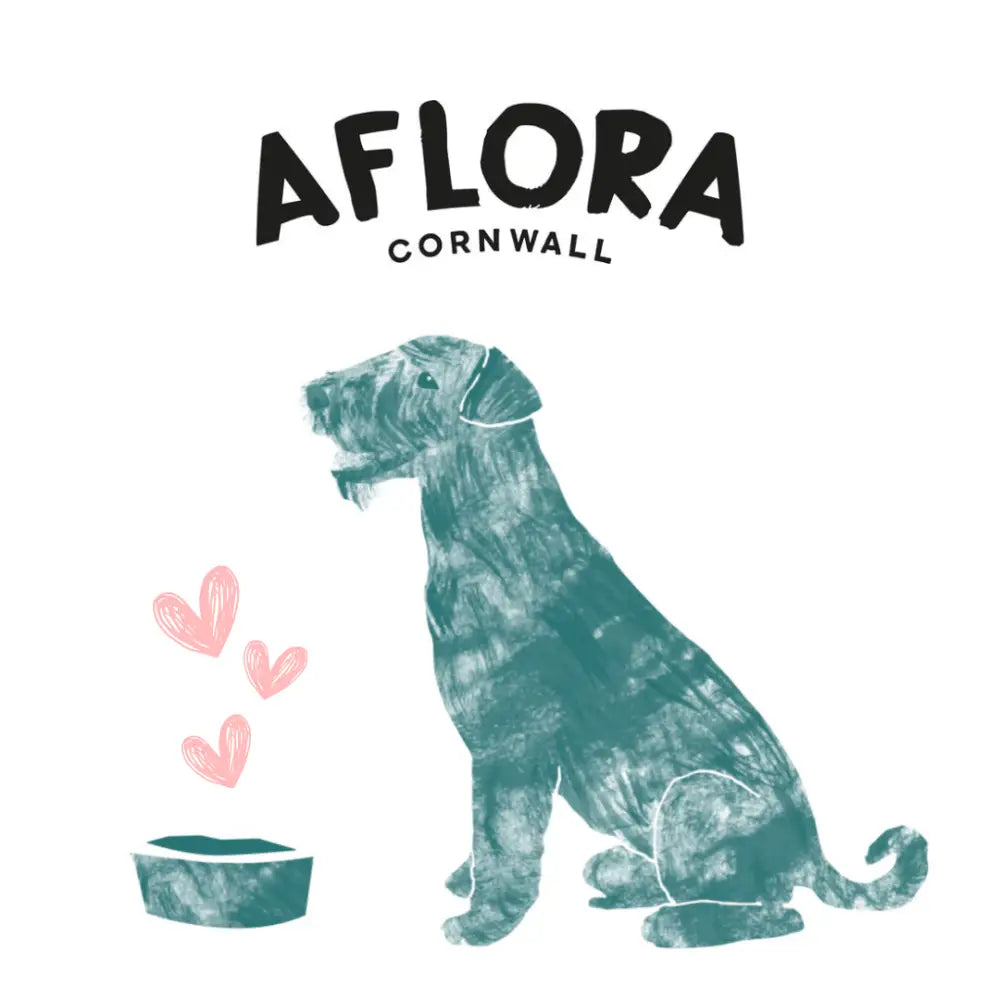Cutting your pet's claws is often a way of protecting your floors and furniture from the ravages of scratching and general destruction. However, clipping your pet’s claws doesn't just reduce the impact on your home but helps your pet’s health too. Keeping your fur baby’s claws at a healthy length can help with a plethora of issues, from orthopaedic problems to ingrown claws that can lead to infection and excruciating pain.
In today's post, we will be highlighting the reasons why nail care is so important for our furry friends, how to cut the claws of your pet with the minimum of fuss and what to do when there is a manicuring emergency.
Why is Pet Claw Care so Important?
Keeping your pet’s claws at a healthy length is not only the best way to protect your floors, furniture and yourself from injury, it is also brilliantly beneficial for your pets too.
Keeping the claws clipped allows your pet to have a better grip on slippery surfaces that are commonly found inside the home, this is especially important in young animals and those that are in their golden years. Overgrown claws can force the animal's foot into an unnatural position and lead to less of their pad being in contact with the floor, leading to less traction and an increased risk of slips, injuries and damage to flooring and other household items. Longer claws can also lead to injury to your pet if they are to scratch themselves or get their claws stuck in things. Long claws can also lead to injury to other animals, children and people during play and other physical contacts.
One of the nastiest potential outcomes of not cutting the claws of your pet is the risk of a claw growing right into the pad of your cat or dog. This is incredibly uncomfortable and can lead to extreme pain and infections.
As we mentioned above, overgrown and ingrown claws can cause incredible discomfort, this can also lead to issues with walking that can lead to permanent problems structurally and can even lead to chronic conditions such as arthritis, yet another great reason to keep your perfect pet’s claws clipped, clean and marvellously manicured.

Cutting Your Pets Claws in Comfort
In the wild, our pet's claws would have been naturally ground down by daily use and as such, clipping their claws is a process they will be unfamiliar with. It is best to get your cats and dogs started early with nail clipping so they get used to the process early on and regular claw clipping doesn’t feel like a difficult task.
However, there will always be a first time for your pet and making this as easy and stress-free is of paramount importance, the best advice is to make this process as slow as possible to get your pet used to the process in manageable pieces, step-by-step.
Before you even think about trying to clip a claw it is best to get your animals used to having their paws touched, make an effort to touch their paws and give them rewards when they let you do so without any fuss. Massage parts of their paws and slowly move towards holding each toe as you might do when clipping.
The next stage is to introduce your pet to the clippers or grinder you will be using. Firstly let your dog or cat check out your clippers or grinder by showing them and allowing them to have a sniff and an inspection. Make sure to praise and reward your animal at every stage of this process. Next, take the clippers or grinder and lightly touch them to your pet’s paw and reward and praise when allowed to do with minimal fuss. The next step is to touch the paw with the clippers or grinder and squeeze or turn it on so your animal can get used to the noise and movements, some people even use pieces of spaghetti in the clippers so the animal can get used to a similar cracking type noise.
Finally, one would clip the very end of their pet’s claw, just the smallest amount, followed by plenty of praise and rewards. This process can be scaled up slowly but surely until your pet feels comfortable having all of its nails trimmed at the same time.
The process above should be conducted over the course of about a week, giving your dogs and cats plenty of time to get used to the process whilst avoiding as much stress as possible.
Always makes sure you have very sharp clippers or a grinder that is in good condition, having less than perfect clipping tools can elongate the process and potentially cause injuries.

When to Call in a Professional
If your dog or cat is particularly averse to having their nails clipped and no amount of treats and temptation can get them to have a stress-free manicure, it might be time to call in a professional. Vets will help with problem nails, such as ingrown claws and infections, and will also be able to help you find a dog groomer who has extensive claw training if you are struggling to do the job at home. Never be afraid of getting professional help and advice, after all, our pet’s health is always the priority.















